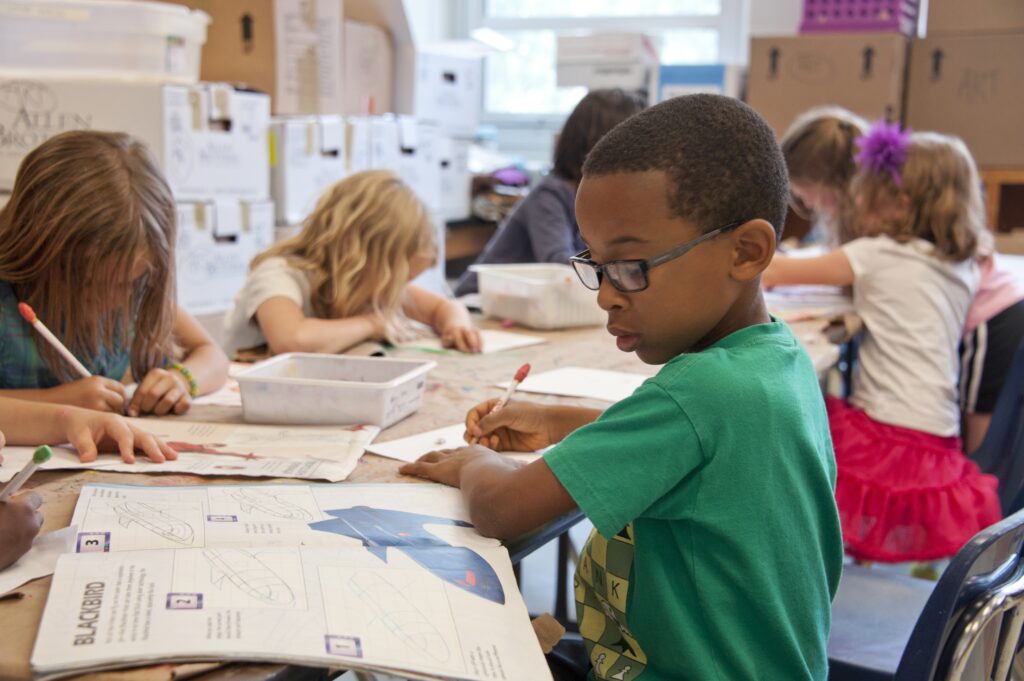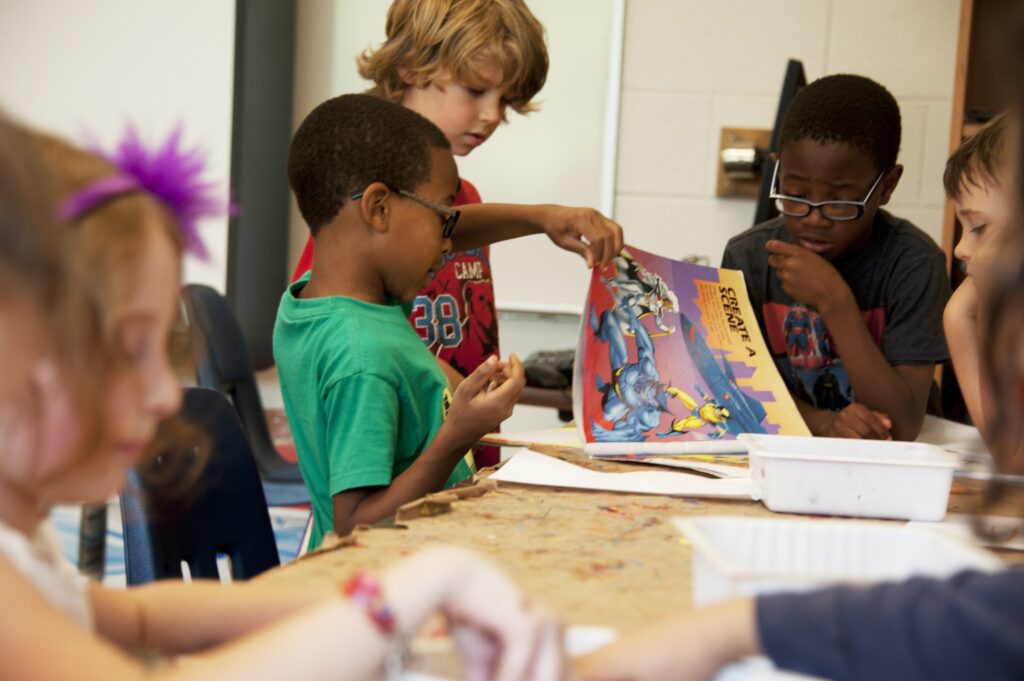School is not only a place of learning but also a vital part of a child’s overall development. It is crucial for children to feel safe, secure, and supported within the school environment. In this article, I explore the importance of schools as safe spaces for children and highlight ten key reasons why creating a nurturing and secure atmosphere is essential for their well-being and educational success.
Emotional Well-being:
A safe school environment fosters positive emotional well-being in children. When students feel secure, they are more likely to express their thoughts and emotions freely, develop healthy relationships with peers and teachers, and experience a sense of belonging within the school community.
Academic Performance:
A sense of safety directly impacts academic performance. When children feel secure, they can focus their energy and attention on learning rather than worrying about their safety. They are more likely to actively engage in classroom activities, participate in discussions, and take academic risks, leading to improved academic outcomes.

Psychological Development:
Schools that prioritise safety contribute to healthy psychological development in children. By providing a supportive and non-threatening environment, schools help children build resilience, develop coping mechanisms, and manage stress effectively. This, in turn, enhances their overall psychological well-being.
Reduced Bullying:
Creating a safe space in schools significantly reduces instances of bullying. When students feel safe and supported, they are more likely to report bullying incidents and seek help from teachers and staff. This enables schools to take proactive measures to address bullying, fostering a respectful and inclusive school culture.
Healthy Relationships:
Safe schools promote healthy relationships among students. When children feel secure, they can build positive connections with their peers, fostering empathy, cooperation, and mutual respect. These healthy relationships contribute to a positive social atmosphere, reducing conflicts and enhancing overall well-being.
Physical Safety:
A safe school environment prioritises physical safety, ensuring that children are protected from potential hazards. Implementing safety protocols, maintaining secure facilities, and promoting safe behaviours contribute to a secure learning environment where students can focus on their education without fear.
Mental Health Support:
Schools as safe spaces provide essential mental health support for students. By fostering a culture of open communication, schools can identify and address mental health concerns promptly. Offering access to counsellors, mental health resources, and support networks within the school helps students navigate challenges and seek help when needed.
Encouraging Authentic Expression:
A safe school environment encourages authentic expression. When children feel safe, they are more likely to express their opinions, share their creativity, and engage in self-expression through various mediums. This promotes individuality, confidence, and a sense of identity within the school community.
Promoting Diversity and Inclusion:
Safe schools embrace diversity and promote inclusion. Students from diverse backgrounds should feel valued, respected, and accepted for who they are. By fostering an inclusive environment, schools celebrate differences, challenge biases, and promote empathy and understanding among students.
Lifelong Impact:
Creating a safe space in schools has a lifelong impact on children. The experiences they have in a safe and nurturing environment shape their perceptions of education, self-worth, and social interactions. Feeling safe in school sets the foundation for their future educational pursuits, relationships, and overall well-being.
Conclusion:
Ensuring that schools feel like safe spaces for children is not only a moral imperative but also a catalyst for their growth, development, and success. By prioritising emotional well-being, fostering healthy relationships, providing support systems, and maintaining physical safety, schools become sanctuaries where children can thrive academically, emotionally, and socially. Let us strive to create safe spaces in schools that empower and inspire our children, allowing them to reach their full potential and become confident, resilient individuals.





1 comment
invincible season 2